As summer unfolds across Eastern and Central Europe, wine enthusiasts are presented with a unique opportunity to explore some of the continent’s most captivating and lesser-known wine regions. This journey takes us through the sun-drenched vineyards of Istria in Croatia, the picturesque shores of Lake Balaton in Hungary, the vibrant wine scene near Belgrade in Serbia, and the charming landscapes of South Moravia in Czechia. Each region offers a distinct blend of history, culture, and viticulture, promising unforgettable experiences for wine lovers.
Istria, Croatia: The Tuscany of the Adriatic
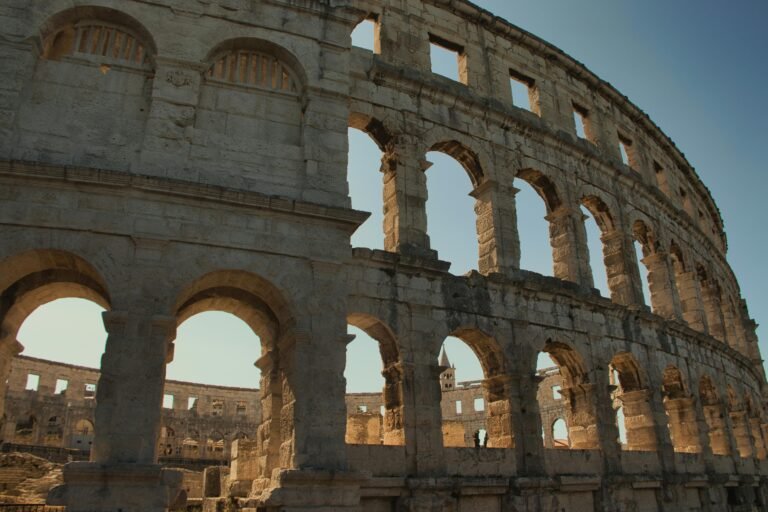
Our journey begins in Istria, a heart-shaped peninsula in northwestern Croatia often referred to as the “Tuscany of the Adriatic.” This region’s rolling hills, medieval hilltop towns, and Mediterranean climate create an ideal setting for wine production and summer exploration.Istria is renowned for its indigenous white grape variety, Malvazija Istarska, which produces crisp, aromatic wines with notes of acacia and apricot. The region also excels in red wines, particularly those made from the native Teran grape, as well as international varieties like Merlot and Cabernet Sauvignon.
One of the must-visit wineries in Istria is Kozlovic, located near the town of Momjan. Set against a backdrop of stunning landscapes, Kozlovic offers visitors a chance to taste their acclaimed wines, including the Santa Lucia and Muscat Rose, in a modern facility with breathtaking views. Another gem is the Kabola Winery, known for its unique use of amphorae (large terracotta pots) for wine fermentation, offering an intriguing glimpse into ancient wine-making techniques.
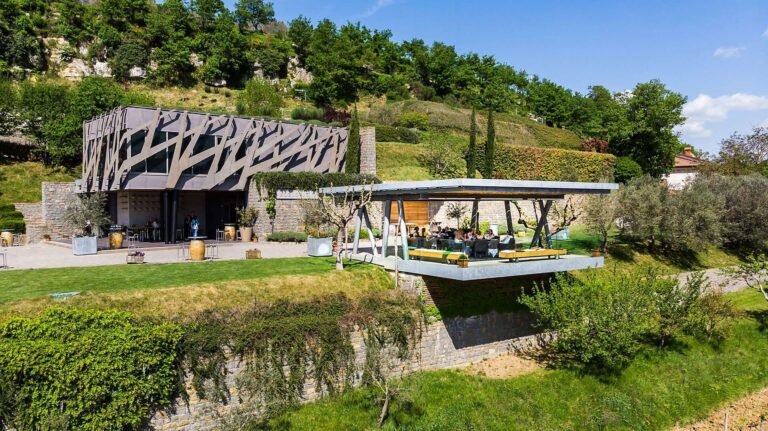
For a different experience, Rossi Winery in Bajkini near Vižinada, a family estate since 1885, beautifully blends tradition with modern wine-making. Savour exceptional Malvazija Istarska and Teran wines while enjoying panoramic views from Učka to the Adriatic. Indulge in a luxury ending with an helicopter tour over Istria to Meneghetti Wine Hotel & Winery.
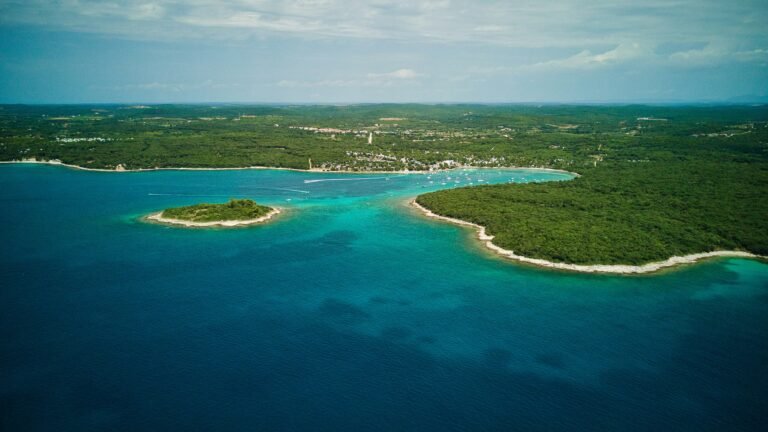
Istria’s wine scene is complemented by its rich culinary traditions. Local delicacies such as black and white truffles, olive oil, and fresh seafood pair exquisitely with the region’s wines, creating a gastronomic paradise for food and wine enthusiasts. Learn more about Istria and Croatian’s wine and food pairing in this article.
Lake Balaton, Hungary: Wines with a View
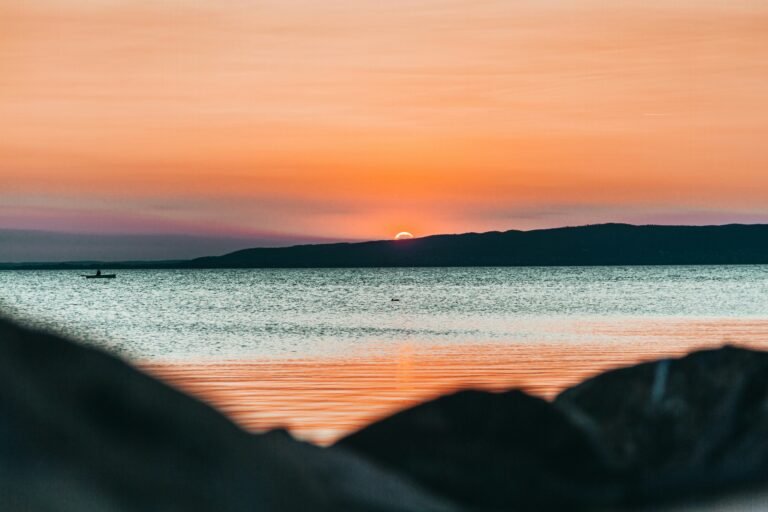
Our next stop takes us to Hungary’s Lake Balaton, the largest lake in Central Europe. The Balaton wine region, stretching along the lake’s northern shore, offers a unique combination of water views, volcanic soils, and a long winemaking tradition. The Balaton region is particularly known for its white wines, with Olaszrizling (Welschriesling) being the most widely planted grape variety. These wines often exhibit a mineral character due to the volcanic soils, along with notes of green apple and almond. The region also produces excellent Pinot Gris, Chardonnay, and the native Furmint.
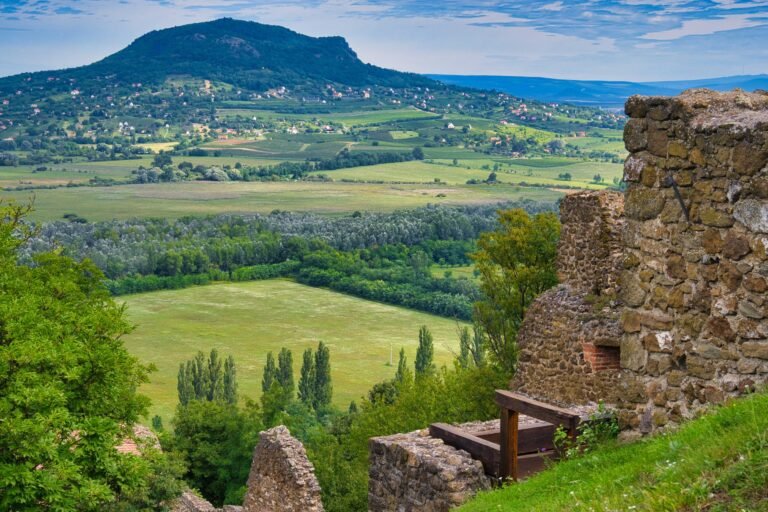
One of the most picturesque areas for wine tasting is the Badacsony hill, with its distinctive flat top overlooking the lake. Here, visitors can enjoy wine tastings with panoramic views of the water and surrounding vineyards. The nearby town of Balatonfüred is another wine hub, known for its sparkling wines and annual wine weeks.
Summer in the Balaton region offers more than just wine tasting. Visitors can combine their viticultural explorations with water sports on the lake, thermal spa visits, and exploring charming lakeside towns. Discover here the region’s cuisine, featuring freshwater fish dishes and hearty Hungarian fare, pairs wonderfully with the local wines.
Belgrade and Serbian Wine Country

Moving eastward, we arrive in Serbia, where the capital city of Belgrade serves as a gateway to the country’s burgeoning wine scene. While not as internationally recognized as some other European wine regions, Serbia boasts a rich viticultural history dating back to Roman times. The areas surrounding Belgrade, particularly the Šumadija region to the south, are home to numerous wineries producing both international and indigenous grape varieties. The native Prokupac grape is experiencing a revival, producing robust red wines with notes of red berries and spice. White wine enthusiasts will appreciate the crisp, aromatic wines made from the Tamjanika grape, a local variety of Muscat.
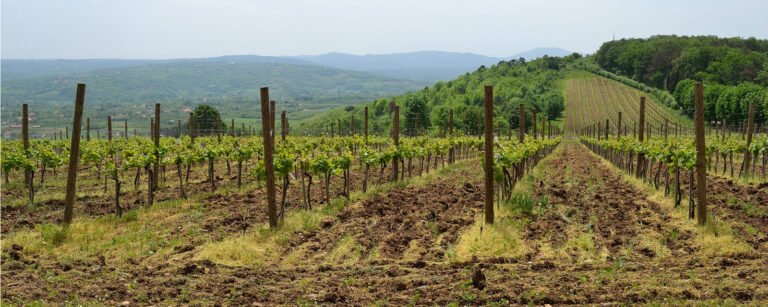
Summer is an ideal time to explore Serbian wineries, many of which offer outdoor tastings with views of the rolling countryside. The Oplenac wine route, centered around the town of Topola, is particularly worth exploring. Here, visitors can combine wine tasting with visits to historical sites, including the mausoleum of the Serbian royal family.
Belgrade itself offers a vibrant urban wine experience, with numerous wine bars and restaurants showcasing the best of Serbian wines. The city’s position at the confluence of the Sava and Danube rivers provides a scenic backdrop for evening wine tastings, often accompanied by traditional Serbian mezze. Learn more in our Belgrade and food pairing article.
South Moravia, Czechia: Central Europe's Hidden Gem
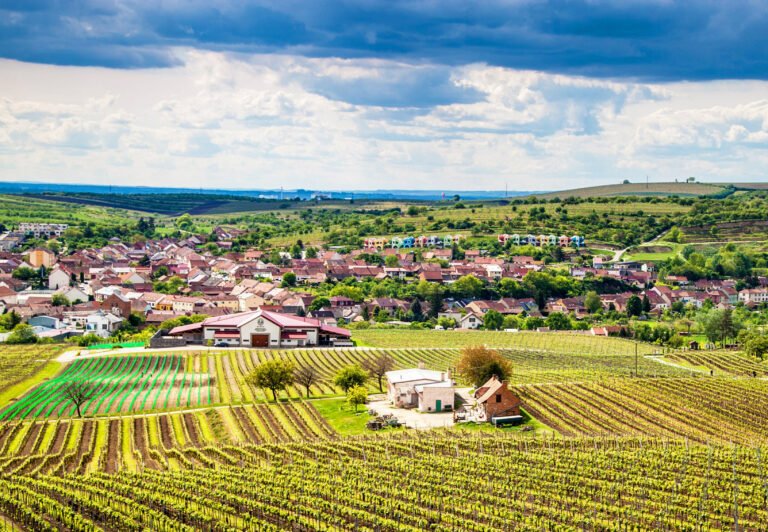
Our journey concludes in South Moravia, a region in the southeastern part of Czechia that surprises many with its quality wines and picturesque landscapes. Often overshadowed by the country’s famous beer culture, Czech wines, particularly those from South Moravia, are gaining recognition for their quality and uniqueness.
The region’s wine culture centers around charming wine towns like Mikulov, Znojmo, and Velké Bílovice. South Moravia is known for its white wines, with Grüner Veltliner, Riesling, and the local Pálava variety being standouts. In recent years, the region has also been producing excellent red wines, particularly from Pinot Noir and Frankovka (Blaufränkisch) grapes.
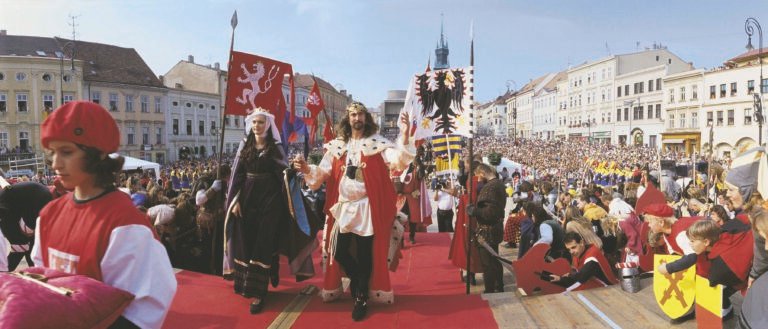
One of the most unique aspects of South Moravian wine culture is the prevalence of small, family-owned wine cellars. Many towns have streets lined with these cellars, where visitors can go door to door, tasting wines directly from the producers. This intimate approach to wine tasting offers a personal touch often missing in more commercialized wine regions.
Summer in South Moravia brings numerous wine festivals and events. The Znojmo Historical Vintage Festival in September is a highlight, featuring costumed parades, medieval markets, and of course, plenty of wine tasting opportunities.
The region’s rolling hills and vineyards also make it ideal for cycling tours, allowing visitors to combine wine tasting with active exploration of the countryside. The area around Pálava, with its distinctive limestone cliffs, offers particularly scenic routes. Explore more about South Moravia, a wine lover’s paradise.
Comparative Reflections
As we conclude our journey through these four diverse wine regions, several themes emerge:
Indigenous Varieties:
Each region showcases unique local grape varieties, from Istria’s Malvazija to Serbia’s Prokupac, offering wine enthusiasts the chance to discover new flavors.
Landscape and Terroir:
The varied landscapes, from Lake’s Balaton to South Moravia’s rolling hills, significantly influence the character of the wines produced.
Cultural Experiences:
Wine tasting in these regions is intrinsically linked with local culture, history, and cuisine, providing a holistic travel experience.
Emerging Recognition:
While some of these regions have ancient winemaking traditions, they are only now gaining international recognition, making them exciting destinations for wine explorers.
Summer Activities:
Each region offers unique summer experiences beyond wine tasting, from hiking in Istria to water sports on Lake Balaton, enhancing the appeal for diverse travelers.

In conclusion, these Eastern and Central European wine regions offer a compelling alternative to more famous wine destinations. Their combination of high-quality wines, rich cultural heritage, and stunning landscapes make them ideal for summer exploration. Whether you’re a seasoned oenophile or a casual wine enthusiast, these regions promise unforgettable experiences and the opportunity to discover some of Europe’s hidden viticultural treasures.